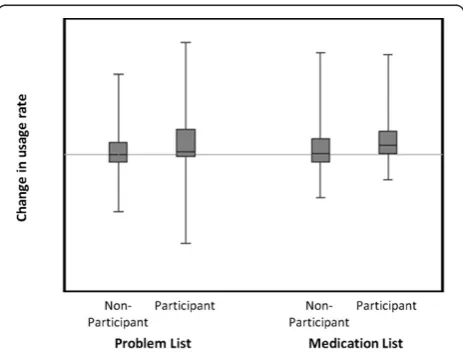Training providers: beyond the basics of electronic health records
Full text
Figure



Related documents
Indeed, the equilibrium unemployment is determined by a web of complex interactions between various institutions (coordination and centralisation 11 of wage bargaining,
CRO (Contract Research Organization) is the most common and widely accepted model used in the industry. The global CRO market grew at a CAGR of 14% during
Even when we consider endogeneity and censoring of inter vivos gifts, the empirical results demonstrate that parental gifts have a signi…cant positive impact on housing demand
The MS Degree in Computer and Information Sciences with a concentration in Software Engineering requires a minimum of 30 graduate level credit hours of coursework (10 courses),
balní techniky výpočtu jako jsou například technika fúze, technika normalizace a nastavení parametrů pro výpočet prahu. Většina nastavení se nastavuje výběrem položky
The 5.3 km-long Frøya Tunnel beneath Frøyfjorden, Central Norway, links the islands of Hitra and Frøya and passes through a major zone of faulting and brecciation which parallels
The rise in the share to total world trade and output is due to higher rate of growth of output, exports and imports of many of the East Asian economies during the past two
Other results reported in Model 2 for the developing countries reveal that in South Africa there is: (i) short-run and long-run bidirectional causality between savings and